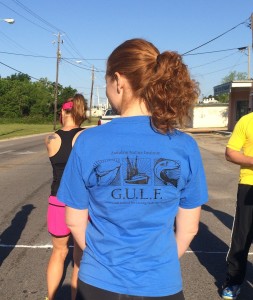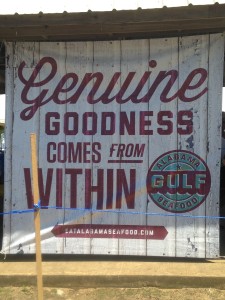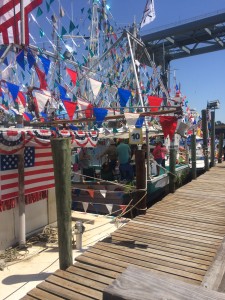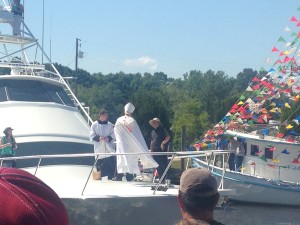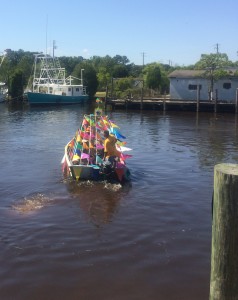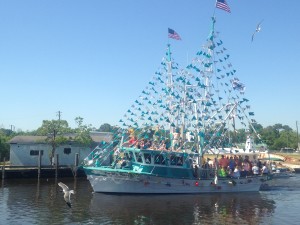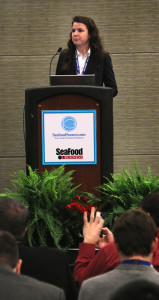Walk into any grocery store and one will see the importance location has upon our decision to purchase food: Georgia peaches, Florida oranges, Idaho potatoes, Texas Angus beef, and Maine lobsters just to name a few. Not only are consumers paying more attention to where their food comes from, a push for locally grown food is also becoming more apparent in today’s food culture. Between an increase in farmers markets as well as grocery stores that specialize in local and organic foods, the importance of location cannot be understated. The same applies to seafood.
We are lucky in Louisiana and along the Gulf Coast. We can enjoy a shrimp po-boy or crab fingers and feel confident that we are eating locally caught seafood. The Gulf of Mexico has a rich bounty of species to offer, and it was with this in mind that G.U.L.F. teamed up with NOLA Locavores for the 2014 Eat Local Challenge. The basis behind the challenge is people pledge to only eat food grown or harvested within 200 miles for an entire month. Challenging? Yes. Rewarding? Absolutely. This year, we helped the Eat Local Challenge incorporate seafood into multiple events to highlight the delicious, sustainable seafood that is harvested off the coast of Louisiana. At the finale party, guests enjoyed savory grilled Louisiana and Gulf of Mexico shrimp. In addition, dinners at local restaurants highlighted underutilized species such as squid, bar jack, whiting, alligator gar, and sheepshead.
While adhering to the 200 mile limit when it comes to seafood may not be possible for everyone in the country, regardless of where you live it is important to pay attention to where your seafood is harvested. Federal and state fisheries management in the United States is some of the best in the world, and, by purchasing U.S. seafood, you are supporting this rigorous management as well as the livelihoods of those who depend on the resource. Don’t be afraid to ask questions at a restaurant or store. Where is this seafood from? Where was it harvested? Is this from the U.S.? Eating locally, whether it be from your city, state, or country, is a great step in being a sustainable seafood consumer.
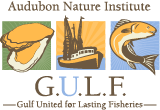
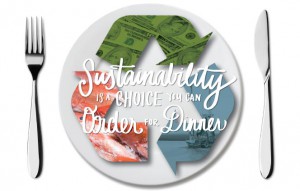
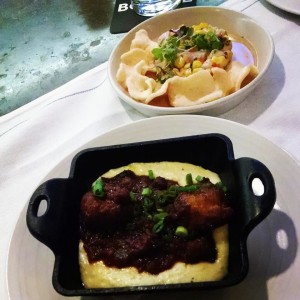

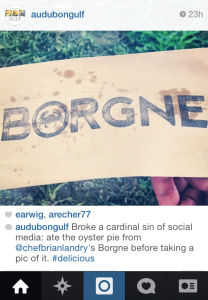
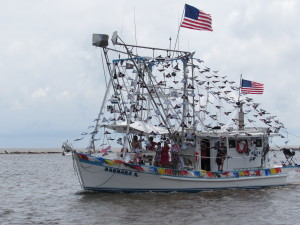

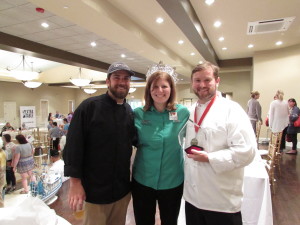
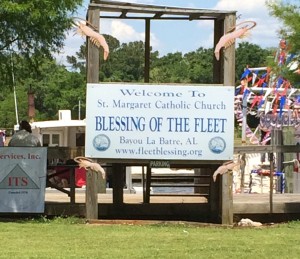 No matter the part of the country, commercial fishing is a hazardous and back-breaking profession, with people’s livelihoods completely dependent on natural forces aligning in such a way as to provide a bounty of fish and shellfish for harvest. In addition, fishers are at the mercy of weather that can be notoriously severe in the Gulf of Mexico. For these reasons the start of fishing seasons has had religious ties for centuries. Fleet blessings are predominantly Catholic ceremonies that can be traced back to the Mediterranean Sea. Despite thousands of miles and hundreds of years, kicking off the fishing season with a Blessing of the Fleet has not lost its importance, especially on the Gulf Coast. Each state has its own Blessing, and while there is unity in the prayers, festivities are unique to each community. On May 2 and 3, Laura and Ashford attended the
No matter the part of the country, commercial fishing is a hazardous and back-breaking profession, with people’s livelihoods completely dependent on natural forces aligning in such a way as to provide a bounty of fish and shellfish for harvest. In addition, fishers are at the mercy of weather that can be notoriously severe in the Gulf of Mexico. For these reasons the start of fishing seasons has had religious ties for centuries. Fleet blessings are predominantly Catholic ceremonies that can be traced back to the Mediterranean Sea. Despite thousands of miles and hundreds of years, kicking off the fishing season with a Blessing of the Fleet has not lost its importance, especially on the Gulf Coast. Each state has its own Blessing, and while there is unity in the prayers, festivities are unique to each community. On May 2 and 3, Laura and Ashford attended the 